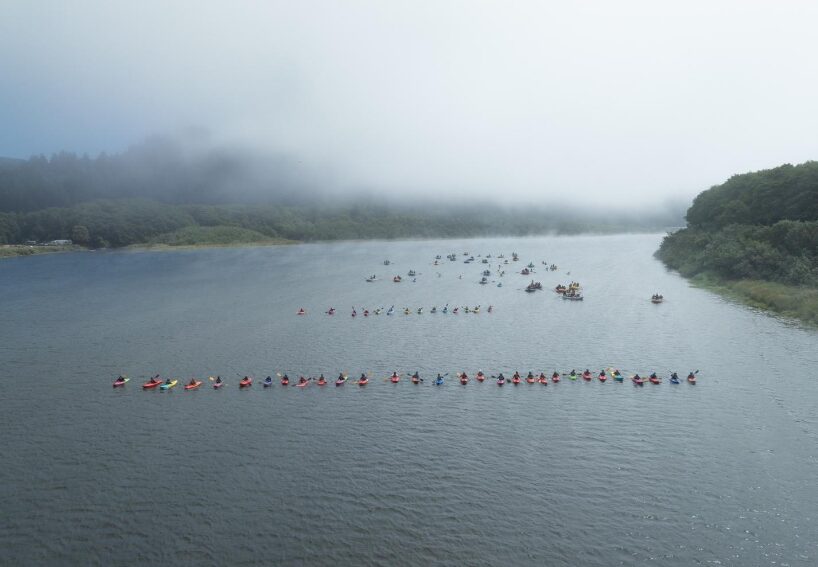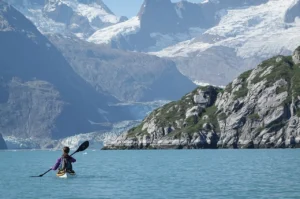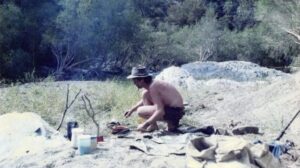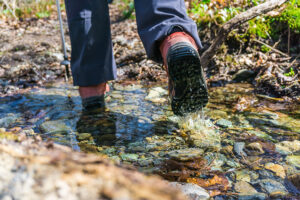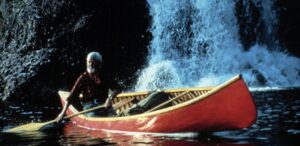A group of young people from several Native American groups has completed a month-long journey down the Klamath River. The journey commemorates the removal of four dams, leaving much of the river to flow freely for the first time in a century.
Years in the making
Indigenous activists had been fighting for decades by the time the Klamath Basin Restoration Agreement was signed in 2010. The agreement promised to remove the four hydroelectric dams on the Klamath River. In November of 2022, federal approval finally came through for the dam removals.
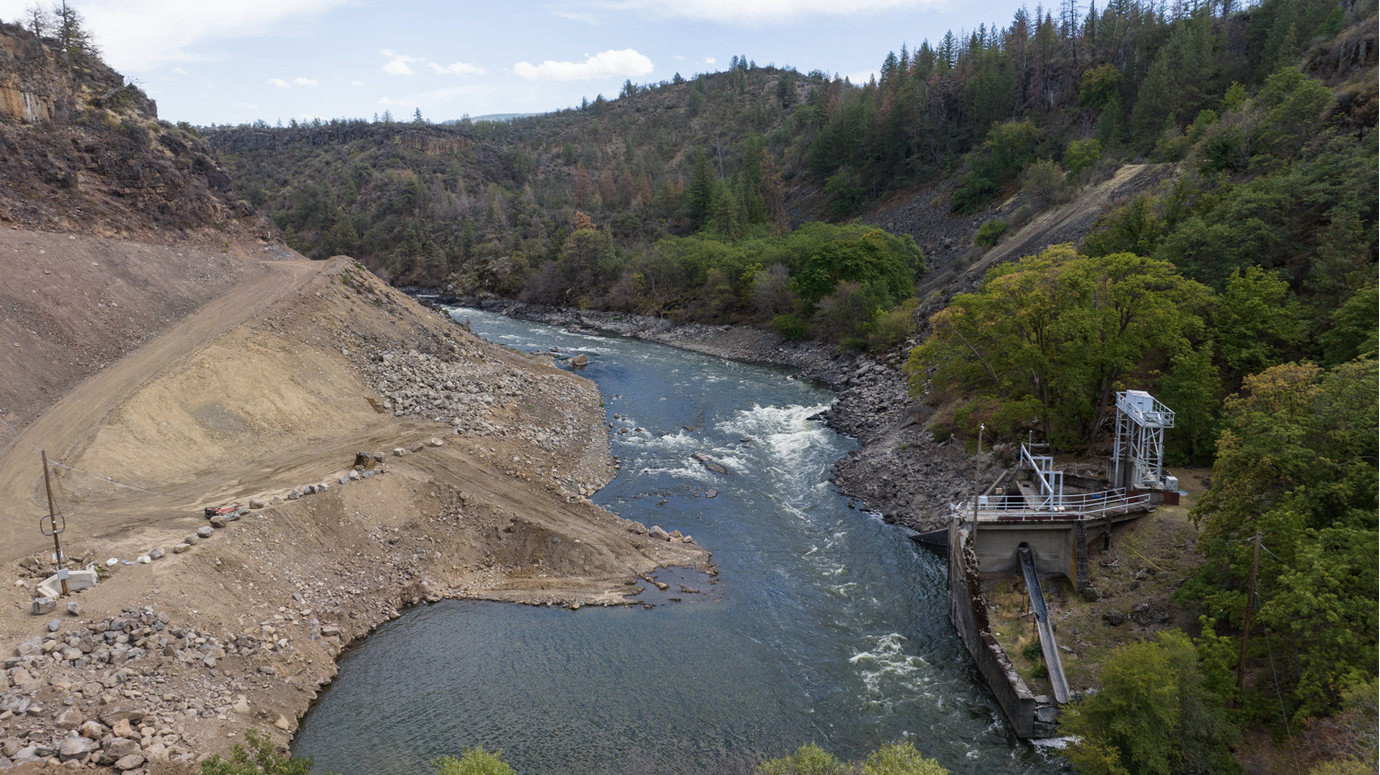
Authorities removed Copco No. 2 Dam first. Photo: Shane Anderson/The Klamath River Renewal Corporation
The first and smallest, Copco No. 2 Dam, was removed in 2023, 98 years after it was built. In 2024, the other three dams — Iron Gate Dam, Copco No.1 Dam, and JC Boyle — were removed as well.
Paddle Tribal Waters, a nonprofit program teaching kayak and river advocacy to Indigenous youth from all along the Klamath basin, launched in July 2022. After years of training, 43 young kayakers ranging from 13 to 20 set out on June 12 from the Southern Oregon headwaters. There are still two dams remaining, near the headwaters, which they had to portage around.
The journey took them through canyons with rapids as well as across the choppy Agency Lake and through the dam removal sites. Those who had clearance tackled class 3, 4, and 5 rapids, while others chose to take those sections by raft.
In the last few days, even more young people joined. Youth from indigenous communities in the United States, Chile, Bolivia, and New Zealand took to the water. By July 11, a veritable flotilla, 110 strong, approached the mouth of the river. There, friends, family, and community members waited to welcome them.

The group made their way down the Klamath River, becoming the first to paddle it from source to sea since the restoration. Photo: Paddle Tribal Waters
A historic return
Now that the river flows freely, the ecosystem is beginning to repair itself. Important species like salmon, steelhead, and lamprey can now access over 600km of historic spawning habitat. The drained reservoirs no longer cause massive algae blooms, so the water quality is increasing and the temperature is decreasing. The speed of the river’s recovery is a heartening surprise, even to its staunchest advocates.
“We were hopeful that within a couple of years, we would see salmon return to Southern Oregon. It took the salmon two weeks,” said Dave Coffman, in a conversation with CNN. Coffman is the director of northern California and southern Oregon for Resource Environmental Solutions, which is working to restore the Klamath.
Klamath fish populations are a vital resource for Indigenous people along the basin, primarily the Klamath, Shasta, Karuk, Hoopa Valley, and Yurok peoples. But though salmon can now return, they return to a very different habitat. Industrial farming has reshaped and polluted the Klamath, and the federal government has frozen much of the funding for restoration.
The trip wasn’t just a celebration, but a commitment to continue the fight. “It’s not just a river trip and it’s not just a descent to us,” said Hupa tribal member and Yurok descendant Danielle Frank, a participant who gave a speech at the celebration. “We promise that we will do whatever is necessary to protect our free-flowing river.”
